
Unwinding the Layers: Understanding Myofascial Healing in Pilates
Ever Feel Emotional or “Off” After Pilates? You’re Not Alone
That post-class soreness, fatigue, or emotional wave might actually be a myofascial healing response—and it’s a sign of deep transformation.
At SOMA, our spring-based, breath-centered movement works with your fascia to unwind old patterns—physical and emotional. Sometimes that release triggers what’s known as a healing crisis: a temporary flare-up as your body reboots and reorganizes.
It’s not a setback—it’s your body saying, I’m ready to let this go.
Curious about fascia, memory, and healing through movement? Read the full post.

Roll Up vs. Neck Pull: A Comparison
These two Contrology classics may look similar, but don’t be fooled—Neck Pull is a whole new level of challenge. Both exercises teach spinal articulation and core control, but while the Roll Up gives you the support of reaching arms and forward momentum, the Neck Pull strips that away, demanding deeper strength and precision. Learn where each exercise falls in the classical mat order, how hand placement shifts your center of gravity, and why the Neck Pull is considered an advanced evolution of the Roll Up.
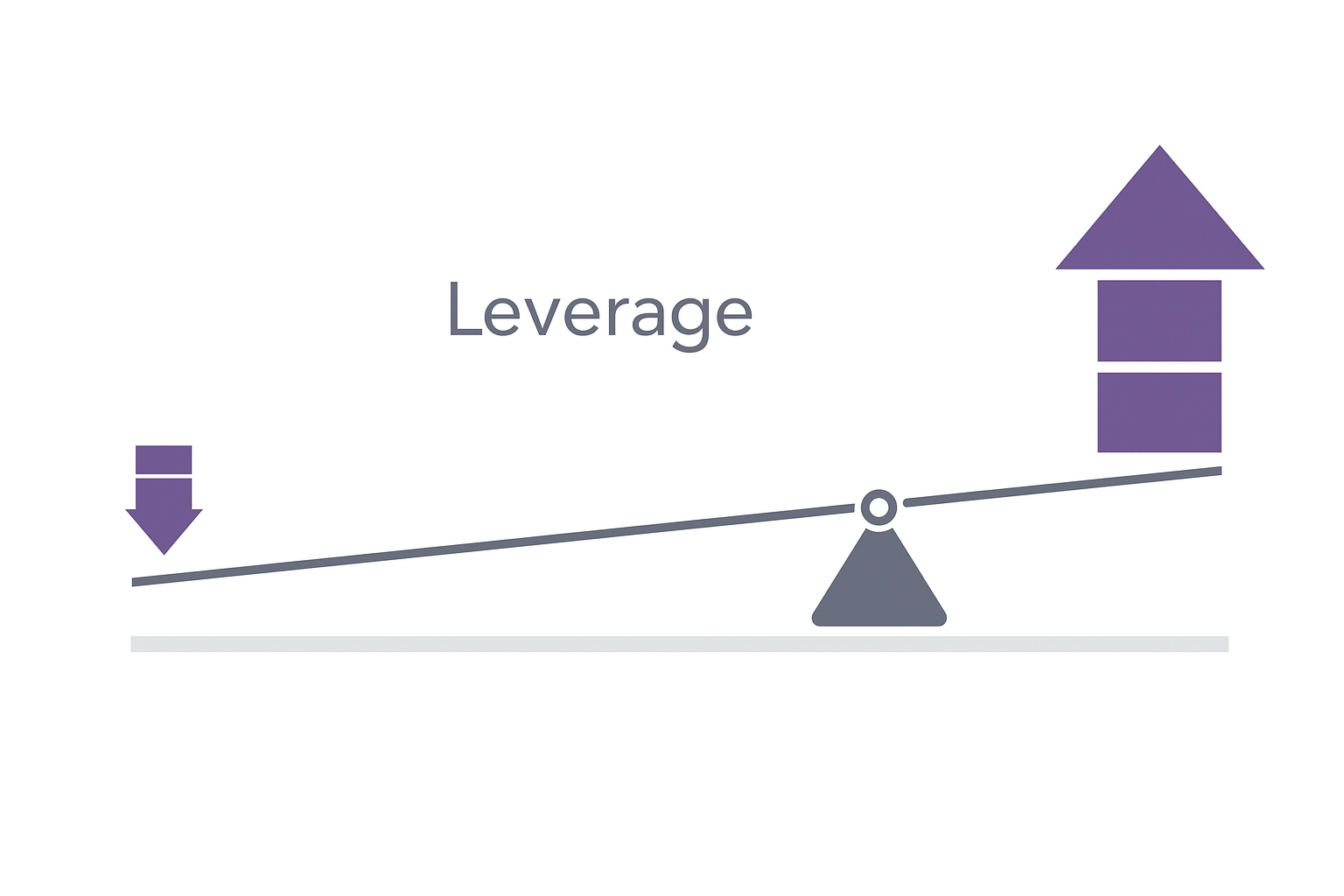
Distance Deepens Demand: Understanding Lever Arms in Pilates
Why does straightening your legs in Teaser make it feel so much harder? It’s not magic—it’s leverage. In Pilates, the farther your limbs are from your center, the more demand you place on your muscles. You don’t need extra weight to intensify your workout—just more reach. This blog dives into how understanding lever arms and body proportions can help you challenge yourself more effectively on the Mat and apparatus. Learn why “distance deepens demand” and how small adjustments can make a big difference in your strength and control.

Contrology vs Pilates: What’s the Difference?
Joseph Pilates called his method Contrology, and it was never meant to be just a workout. It was a full-body, mind-centered movement system. Today, “Pilates” is used to describe everything from classical apparatus work to hybrid fusion classes. But if you want the real thing—the original, intelligent, life-changing method—you’re looking for Contrology. In this post, we break down what Contrology is, when to use the term, and why it still matters. Ready to understand what you’re really practicing?

How Pilates Rewires Your Brain; Not Just Your Core
After a Pilates session, you don’t just feel stronger—you feel clearer, more grounded, more you. That sense of alignment isn’t accidental; it’s neuroplasticity at work. Pilates wakes up the parts of your brain that daily habits put to sleep. Every precise cue, every intentional breath, helps reorganize your internal “map,” sharpening your somatic awareness and refining how your body moves. Over time, you stop relying on force and start moving with presence. And that awareness doesn’t stay in the studio—it follows you into your day, reshaping how you sit, stand, think, and feel. Pilates rewires you from the inside out.

What Your Fascia Wants You to Know (And Why Pilates Is Listening)
Ever feel stiff, sluggish, or “old” in your body—even when you're doing all the right things? It might be your fascia talking. Fascia is the connective tissue that wraps around and through everything in your body, and it thrives on movement that’s spiral, stretchy, and intentional. That’s why Pilates is so powerful—it speaks fascia’s language. In our latest blog post, learn how Pilates hydrates, mobilizes, and rejuvenates your fascial system to bring back elasticity, ease, and energy. You’re not just strengthening muscles—you’re restoring your body’s inner fabric.

The Hidden Cost of Sleep Debt on Your Strength and Flexibility
Struggling with tightness, poor coordination, or sluggish progress in Pilates? Sleep may be the missing piece.
Chronic sleep debt dulls the neuromuscular system, stiffens fascia, and blunts your ability to adapt and recover. Even with consistent movement, your body can’t thrive without enough rest. In this article, we break down the science of sleep and strength, and how a lack of rest might be silently sabotaging your performance. Reclaim your mobility, energy, and core connection—starting with sleep.

The Overlooked Link Between Sleep and Muscle Performance
Sleep and Strength: Why Rest Is Essential to Your Pilates Practice
Sleep isn’t just recovery—it’s when your body repairs muscle, reduces inflammation, and integrates movement patterns learned in class. Without it, strength gains stall, chronic pain flares up, and coordination suffers. At SOMA Movement Studio, we know that rest is an essential part of intelligent movement. In this article, we explore how sleep affects muscle performance, pain sensitivity, and nervous system regulation—and why better sleep can help you feel stronger, more balanced, and more in control. Ready to support your body beyond the studio? Start with sleep.

The Posture You Practice All Night Long
The posture you practice all night long matters.
While you sleep, your body spends hours in a fixed position—and that position can reinforce (or undermine) everything you’re working on in Pilates. In this post, we explore how common sleep postures affect head-forward alignment, shoulder tension, and hip imbalance—and how that shows up in class. From pillow height to knee support, you’ll learn simple ways to optimize your sleep position for better movement, less tension, and deeper strength. Wake up aligned and ready to move.

Reset Before Bed: 5 Pilates-Based Movements to Help You Sleep
Having trouble winding down at night? Try Pilates.
Your body craves rhythm and reset before bed—and the right kind of movement can help. In this post, we share a simple five-part Pilates-inspired sequence you can do in under 10 minutes to prepare your body and mind for restful sleep. From breathwork to gentle spinal release, each movement is designed to calm the nervous system, ease muscle tension, and help you feel grounded. No equipment needed.
Perfect for winding down after a long day or kicking off your sleep challenge. 👉 Try it tonight

🛏️ Joe Pilates’s “V-Bed”: A 1930 Invention to Support Posture and Recovery
Joseph Pilates didn’t just invent equipment—he once patented a sleeping bed designed to “unload” your spine while you slept. His 1930 patent describes a unique V‑shaped bed, made of two adjustable inclined surfaces that offered postural support and passive spinal relief. Today’s mattress tech echoes his emphasis on position and alignment. In our newest blog post, discover the story of Pilates’s patented bed—including how it worked, what he aimed to fix, and why the concept still inspires modern sleep solutions. 👉 Read more

No Pillow? The Pilates Perspective on Sleep Alignment
No Pillow? Joseph Pilates Had Opinions.
In his book Return to Life, Joe Pilates recommended sleeping without a pillow to preserve spinal alignment and reduce neck strain. But does that advice hold up today? In this post, we explore Joe’s original views, what current science says about sleep posture, and how to adapt your setup for healthier sleep. Whether you’re a back, side, or (gulp) stomach sleeper, we offer tips on pillow use, body alignment, and what your daytime posture has to do with your nighttime recovery.
👉 Read more

Did Joe Pilates Ever Write About Sleep?
Did Joe Pilates Have Thoughts on Sleep? He Did—And They Still Hold Up.
While Joseph Pilates didn’t write about sleep the way we understand it today, he absolutely believed in the power of rest, rhythm, and daily movement to support overall vitality. In Return to Life Through Contrology, he advocated for firm mattresses, no pillows, and full-body exercise as essential tools for better sleep and spinal health. He also encouraged living in sync with nature—ideas that now align beautifully with what we know about circadian rhythms. Read more about his timeless (and slightly quirky) take on rest and recovery.
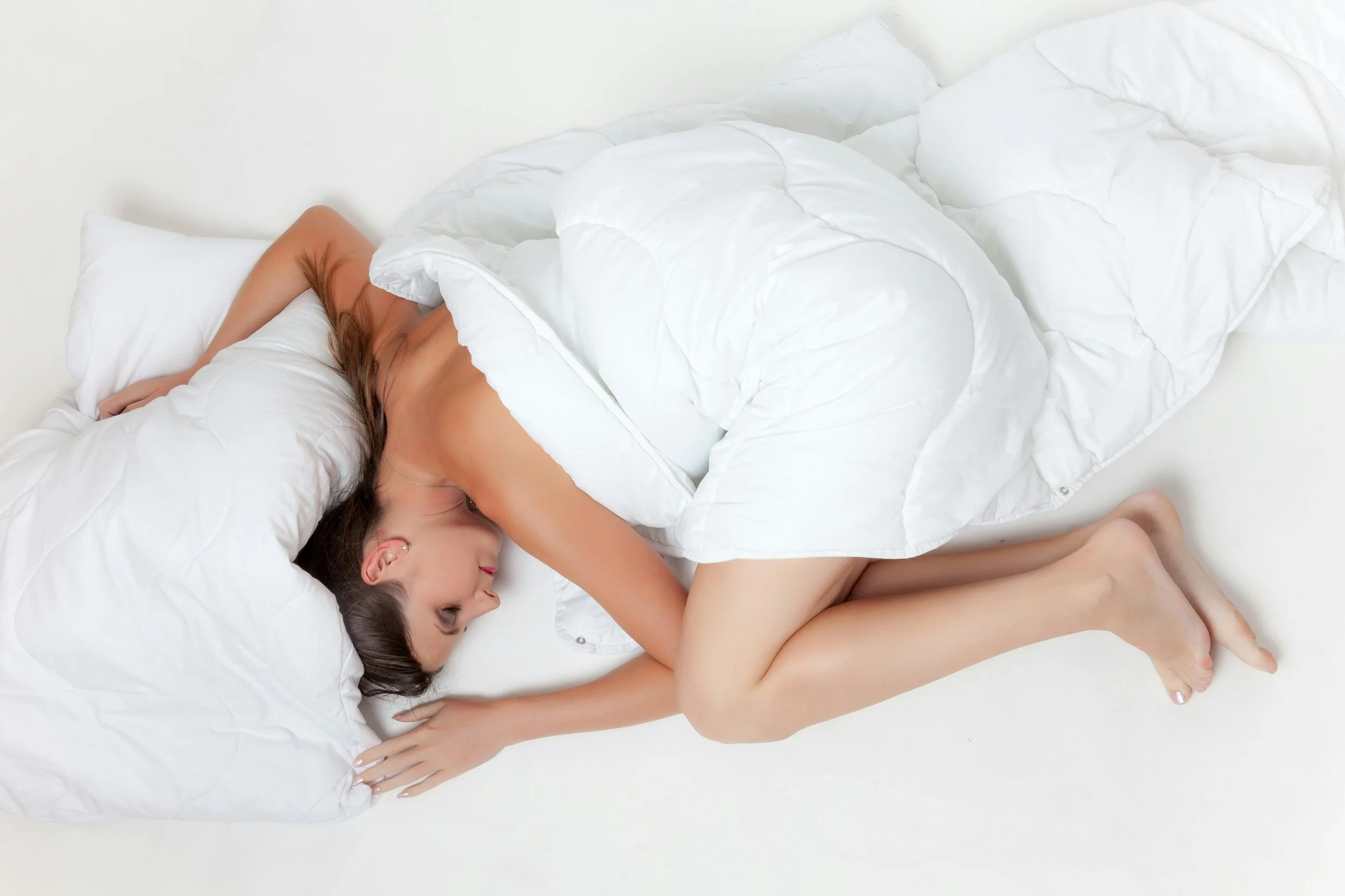
How Your Sleep Position Affects Your Spine and Core
Is Your Sleep Position Sabotaging Your Spine?
You spend a third of your life sleeping—so the way you position your body overnight matters. In our latest blog post, we’re breaking down how common sleep positions affect your spine, core, and overall alignment. Whether you sleep on your back, side, or stomach, a few simple tweaks (like pillow placement!) can ease pain, reduce tension, and support better movement in class. If you’ve been waking up stiff or sore, your sleep setup might be the missing piece.
👉 Read the full post
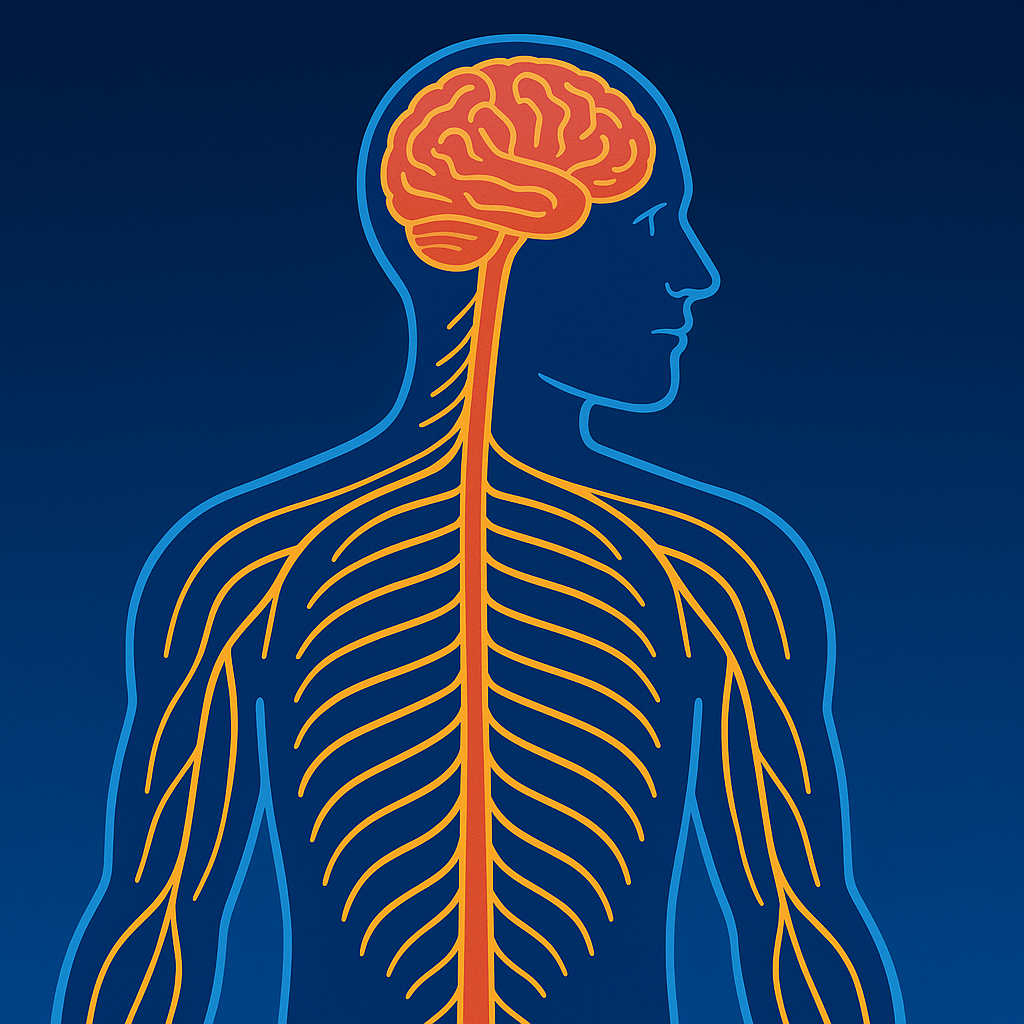
The Psoas & Your Nervous System
Meet the Psoas—Your Body’s Deepest Messenger 💫
Ever feel anxious, tense, or “on edge” without knowing why? It might be your psoas—a powerful core muscle deeply connected to your nervous system.
Known as the “muscle of the soul,” the psoas stores tension from chronic stress and emotional strain. In Pilates, gentle, breath-driven movement can help it release—supporting posture, calm, and a sense of safety from within.
This article explores how the psoas holds (and lets go of) your body’s deeper stories—and how mindful movement can help you reconnect.
✨ Start softening from the inside out.
👉 Read the full piece.
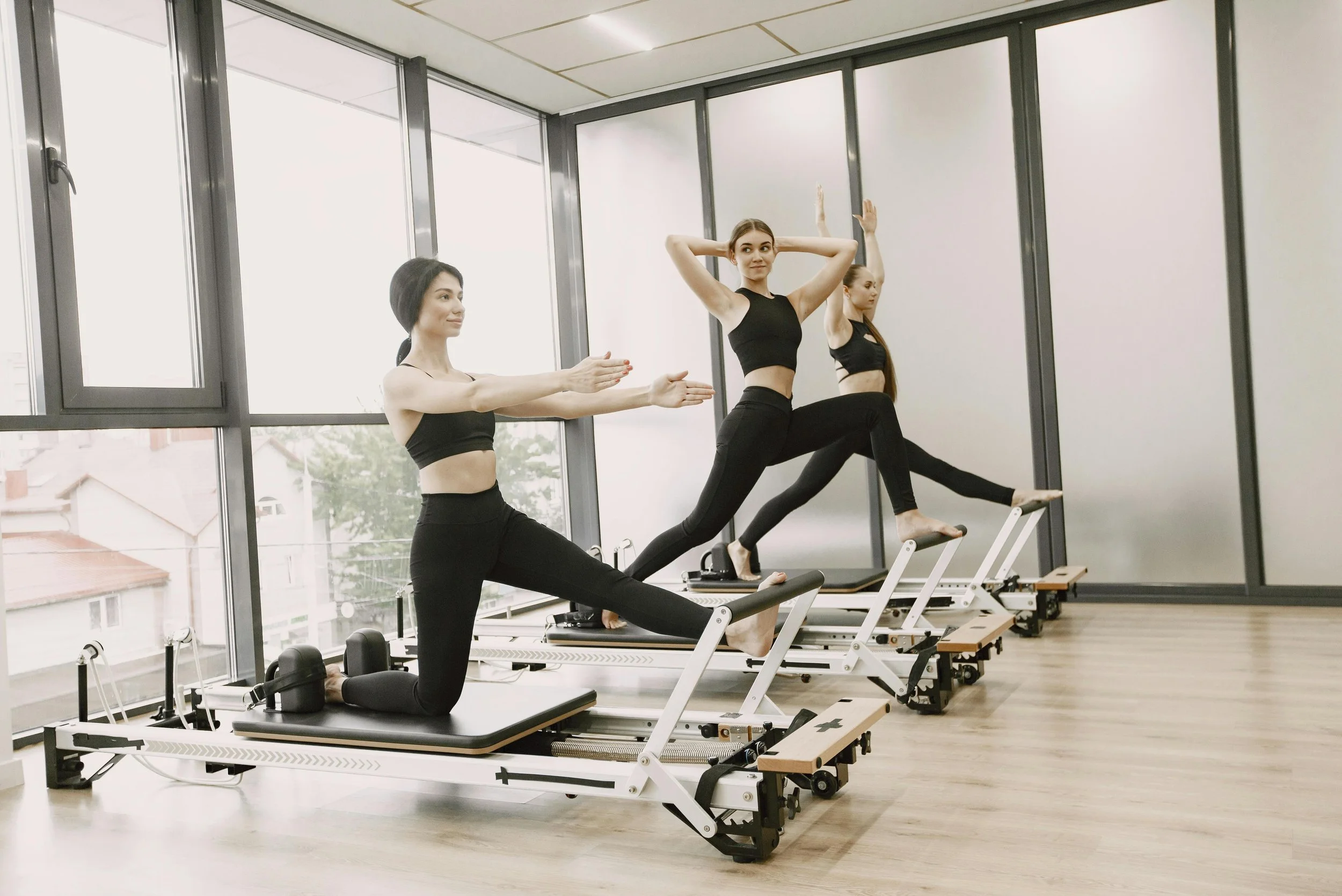
Finding Balance: How We Stay Upright
Think Balance Is Just Standing Still? Think Again. ⚖️
Ever wobbled in class and thought, “My balance is off today”? You’re not alone. Balance is a full-body, dynamic skill—not just something you’re born with.
At SOMA, we train balance from the inside out: through movement, breath, instability, and smart resistance. From the Reformer’s shifting carriage to the Wunda Chair’s split pedal, Pilates challenges your nervous system in ways that actually stick—helping you stay grounded, steady, and adaptable in real life.
✨ Balance isn’t just a pose—it’s a practice.
👉 Read the full article.
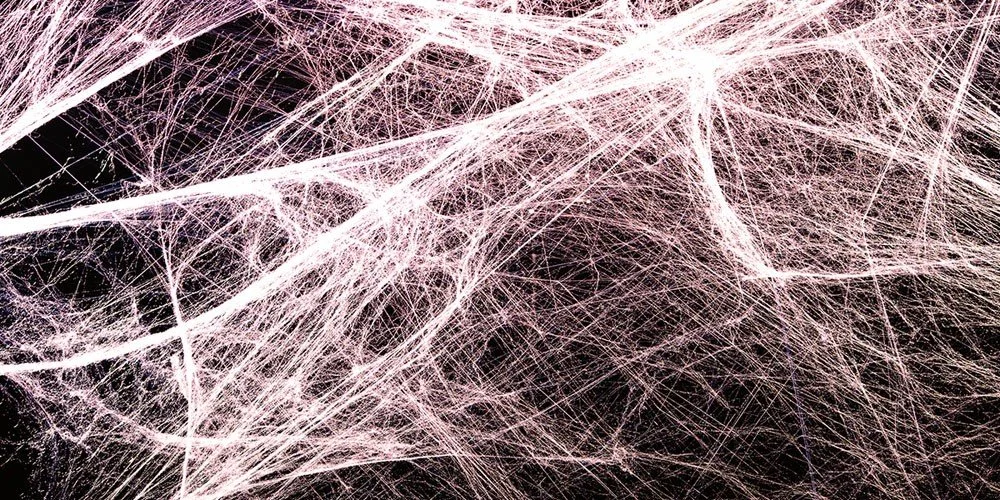
Anatomy Trains in Motion
Ever Feel a Stretch in One Spot… and a Shift Somewhere Else? That’s Fascia. 🕸️
Your body isn’t a bunch of parts—it’s a connected web of tissues working as one. This article explores Anatomy Trains, a revolutionary way of understanding how fascia links muscles into powerful lines of movement across your entire body.
At SOMA, we use Pilates to train not just muscles—but the fascia that communicates, stabilizes, and transmits force from head to toe.
🌀 Move better. Feel stronger. Understand the lines that hold it all together.
👉 Dive into the full article.
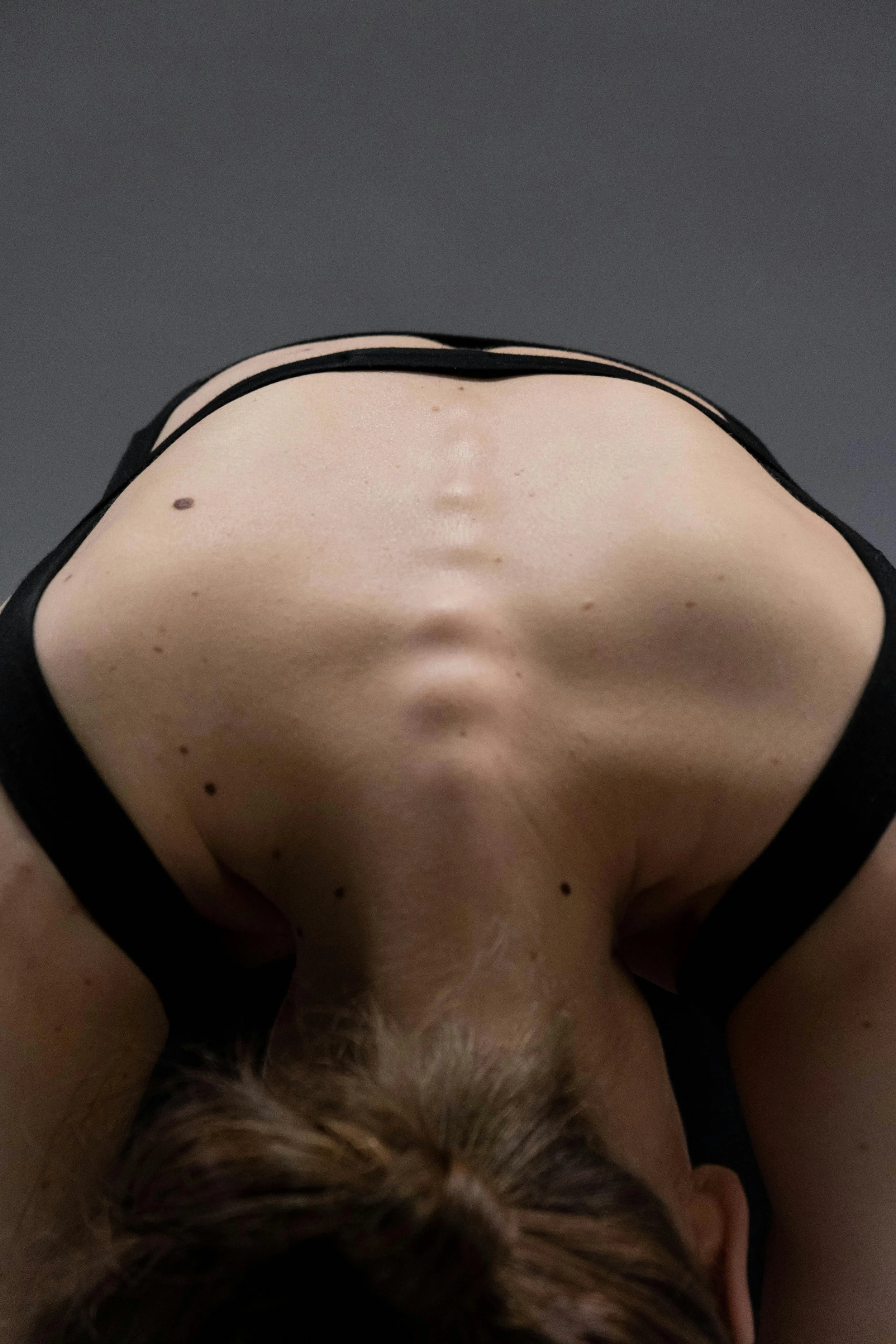
Building a Flexible Spine: The Role of Articulation in Pilates
It all begins with an idea.
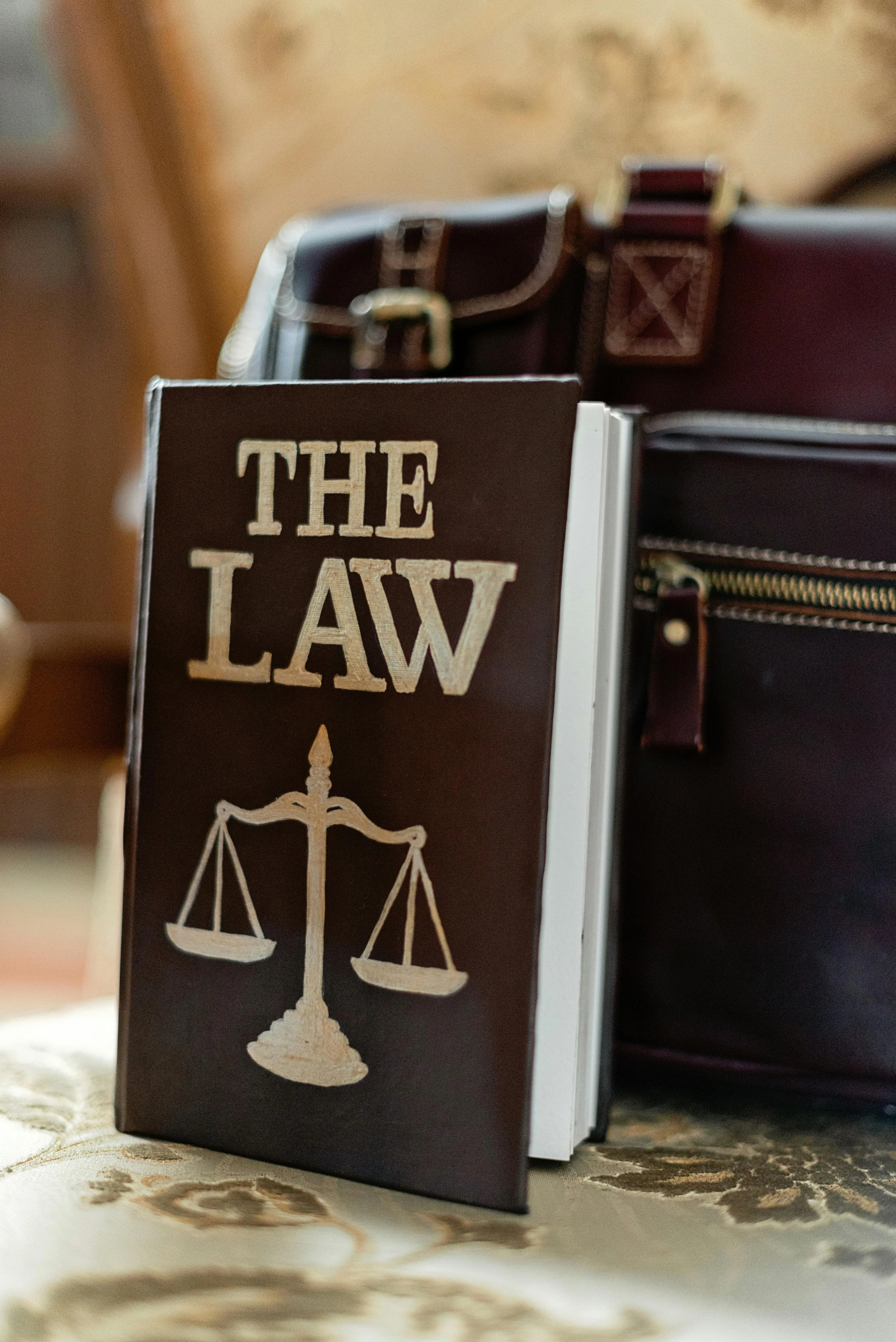
The Lawsuit That Changed Everything: How “Pilates” Became a Household Name—But Lost Its Definition
Why does “Pilates” look different everywhere you go? 🤔 It’s not just your imagination.
In 2000, a lawsuit ruled that the word “Pilates” couldn’t be trademarked—making it a free-for-all. Suddenly, Pilates was everywhere... but not always in its true form.
At SOMA, we stay grounded in the method Joseph Pilates called Contrology—rooted in breath, alignment, and whole-body integration. We don’t just teach a trending workout—we teach a practice built to last a lifetime.
Want to know how a court case changed the fitness world forever? Read the full article on our blog to uncover the story behind the name.
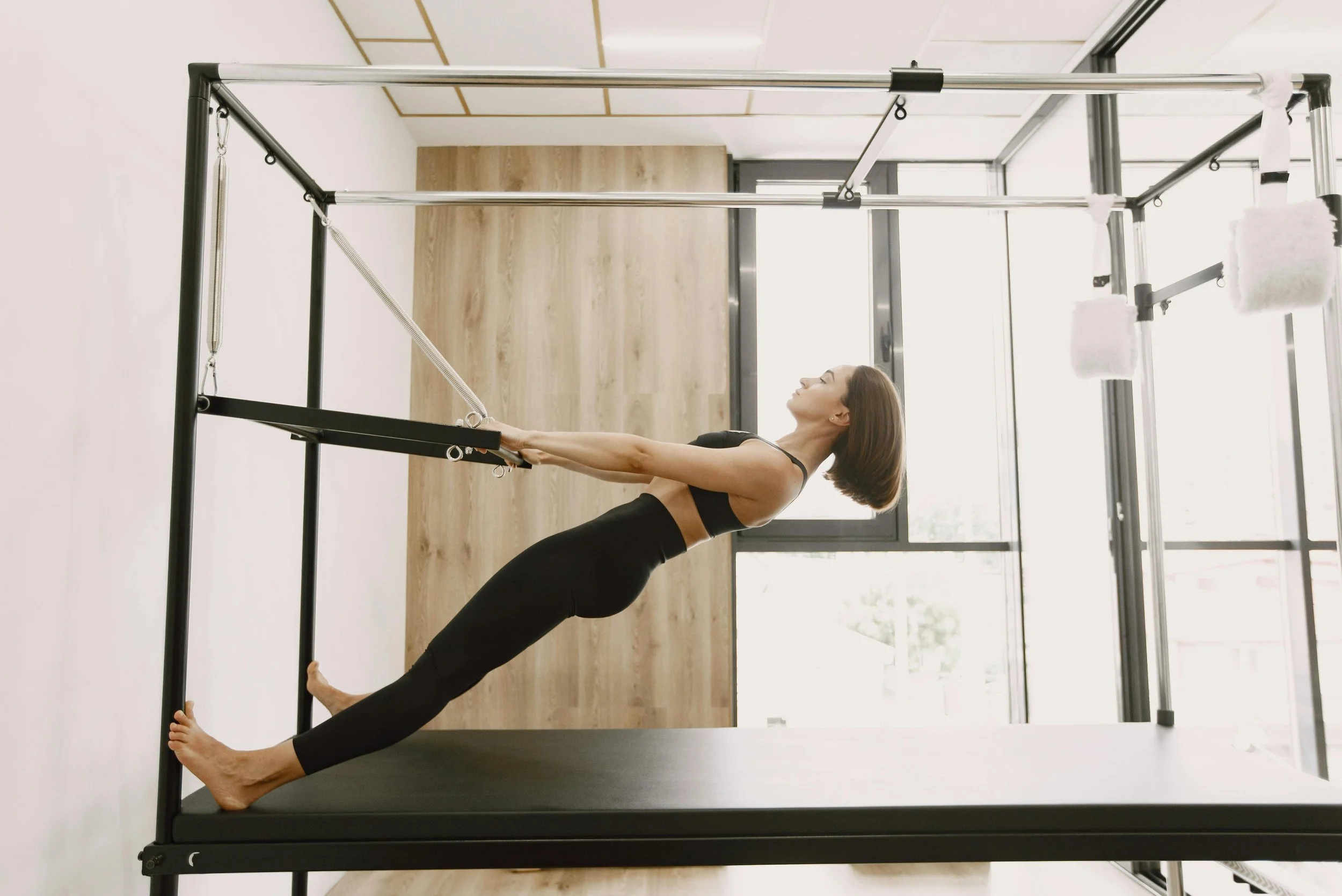
The Strength Pilates Builds
How Does Pilates Build Strength Without Bulk?
Spoiler: it’s not magic—it’s muscle science.
At SOMA, we focus on eccentric contraction—a powerful type of muscle activation where you resist rather than push. Think: slowly lowering from a bridge or controlling your leg against spring tension on the Reformer.
This kind of movement:
Builds strength with less strain
Tones and lengthens muscles
Trains your brain and body to move with control
It’s why Pilates feels different—and why it works.
Curious what’s happening in your muscles mid-movement? Read the full breakdown.